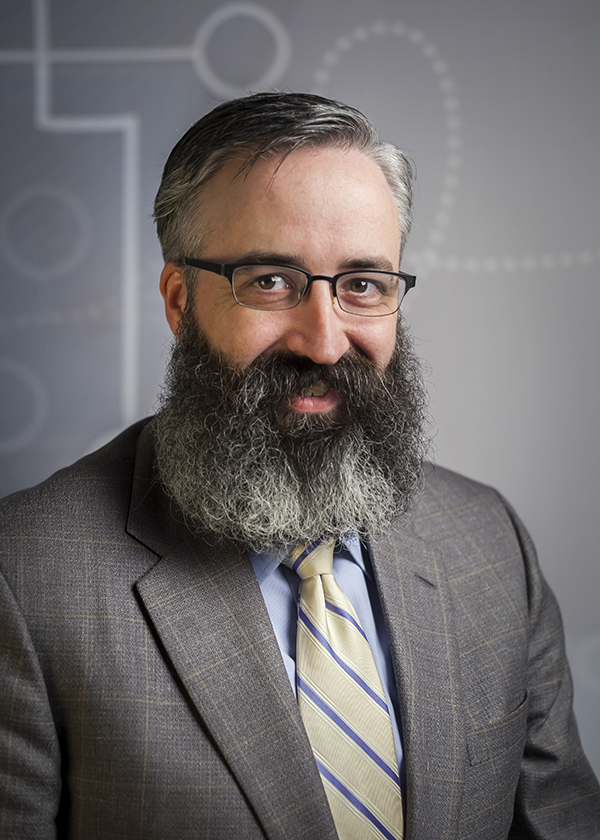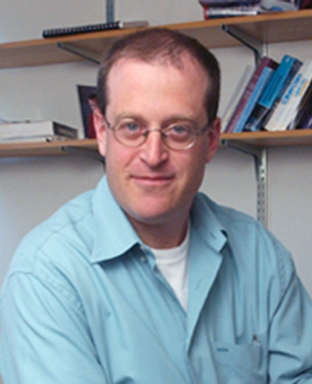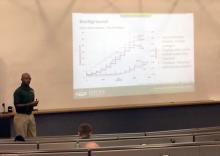The Supercomputer Users Group (SUG) meetings held at the Ohio Supercomputer Center over the last 26+ years have, not surprisingly, been bastions for academics. And, rightly so. In order to give meaningful input to the leadership of the Center, they necessarily discuss complex issues of vital importance to their computational research, involving such technical topics as FLOPS, allocations, algorithms, nodes, software, interconnects, peak performance and more. They also must regularly delve into the morass of the business models and financials that keep the entire operation afloat. As a result, the group had begun to feature just a small cadre of a dozen or so very familiar faces at each meeting.
About a year ago, Brian Guilfoos was promoted to HPC Client Services Manager, a position that is responsible for, among many other things, building stronger relationships with OSC’s HPC user base. With encouragement from OSC leadership, Brian and his staff began looking at new ways to reach out to and engage with Ohio’s computational researchers. They began holding monthly user calls, named Tech Talks, to “provide researchers actively using our HPC clusters with timely information about changes to HPC systems, a briefing on an advanced topic and, most importantly, the opportunity to interact with OSC staff to get answers to specific questions or problems you might have.” Brian’s group also has investigated delivering client support services via technologies, such as Google Hangout and WebEx.
 Eventually, Brian and his team sought out SUG leadership (Ohio State professors Aravind Asthagiri, chair, and Christopher Hadad, Allocations Committee chair, and others) to discuss a new, more engaging format for the SUG meetings. First, the meetings were reduced from four a year to two. They decided to have the meetings streamed out across the Internet to allow for remote viewing for those who couldn’t make the drive to Columbus on the days of the meetings. And, perhaps yielding the most visible change, they reduced the administrative reporting section of the meeting by half to make room on the agenda for users to give short, rapid presentations on their research projects – Lightning Talks.
Eventually, Brian and his team sought out SUG leadership (Ohio State professors Aravind Asthagiri, chair, and Christopher Hadad, Allocations Committee chair, and others) to discuss a new, more engaging format for the SUG meetings. First, the meetings were reduced from four a year to two. They decided to have the meetings streamed out across the Internet to allow for remote viewing for those who couldn’t make the drive to Columbus on the days of the meetings. And, perhaps yielding the most visible change, they reduced the administrative reporting section of the meeting by half to make room on the agenda for users to give short, rapid presentations on their research projects – Lightning Talks.
Now, Lightning Talks aren’t especially groundbreaking in 2014. There’s even a Wikipedia article and numerous other web pages on the subject. According to Wikipedia, the format was first used at a 1997 conference, even though the term wasn’t coined until another conference three years later. Anyway, lightning talks are designed to engage an audience by delivery of extremely short presentations by the series of speakers. In the case of SUG, each speaker was given six minutes to describe research that could represent months, or even years, of work. The initial reaction to the new meeting format was positive; the audience got a great sampling of the breadth of investigations being done using OSC systems. Here is a listing of yesterday’s presentations, hopefully, in a format that is equally brief and to-the-point:
- Ohio State Doctoral Candidate in Economics Chao Yang presented “Social Interactions under Incomplete Information with Heterogeneous Expectations.” Yang and her colleagues are developing computer models that predict group behavior in situations where some members of the group have incomplete information on a specific topic.
- Damilola Daramola, Ph.D., a multi-scale modeling scientist at Ohio University’s Center for Electrochemical Engineering Research, discussed how he and others there are studying new approaches to renewable energy with their study, “Theoretical Characterization of Urea Electrolysis on Nickel Electrodes: Effect of crystal structure.”
- Associate Professor of Chemistry John Herbert, Ph.D., explained his work to find computationally more efficient approaches to problems in molecular quantum mechanics. He presented, “Fast & Accurate Quantum Chemistry Calculations for Non-Covalent Interactions.”
- “Exploring the influence of time and spatial resolution on the prediction of latent heat fluxes,” was presented by Renato Frasson, Ph.D., a postdoctoral research associate in the Department of Civil and Environmental Engineering and Geodetic Science at The Ohio State University. He and his colleagues are modeling how carbon and water fluxes change in various environments.
- Hoi Ling (Calvin) Luk, a postdoctoral researcher in the Olivucci Group at Bowling Green State University discussed “Light-induced Protein Actions through Computer Glasses.” Calvin and the group are using HPC to study biological photoreceptors, “the most efficient and yet tunable photochemical systems known in nature.”
- Jeffery Campbell, the systems and network administer for Ohio State’s Center for Applied Plant Sciences explained how OSC addresses the large memory and storage requirements of the center in his talk, “CAPS’ CCBL: An Experiment In Collaboration.”
- Sherwin Singer, Ph.D., Professor of Chemistry at Ohio State, explained how his research aims to better understand and refine how electric fields are used to manipulate the flow of biological fluids in his discussion of, “Science on the edge: Structural and dynamical studies of interfaces.”
- Ohio State graduate student Robert Mitchell described how he and colleagues in high energy density physics are using “particle-in-cell” modeling to predict the damage lasers do to target materials in his presentation, “Adapting Particle-In-Cell simulations to the study of short pulse laser damage.”
- Jack McNamara, Ph.D., wrapped up the talks with, “MIRG: Multiphysics Interactions Research Group.” McNamara, an associate professor of Mechanical & Aerospace Engineering at Ohio State, explained how mastering and exploiting fluid-structure interactions is key to unlocking improved system performance.
 I’d be remiss if I didn’t also mention that SUG is carrying on the tradition of featuring a single researcher earlier in the meeting. This month, Barry Dunietz, an assistant professor of Chemistry at Kent State University, discussed how his research group takes an electronic structure-based approach to analyzing complex chemical systems. Currently, they are modeling various materials that have the potential to improve the efficiency of sustainable energy conversion.
I’d be remiss if I didn’t also mention that SUG is carrying on the tradition of featuring a single researcher earlier in the meeting. This month, Barry Dunietz, an assistant professor of Chemistry at Kent State University, discussed how his research group takes an electronic structure-based approach to analyzing complex chemical systems. Currently, they are modeling various materials that have the potential to improve the efficiency of sustainable energy conversion.
SUG leadership, Brian and his staff will be following meeting attendance and interest in the coming months to see if the changes are permanent or if there will be additional tweaking, but if yesterday was any indication, it seems that both attendance and interest are on the rise.



